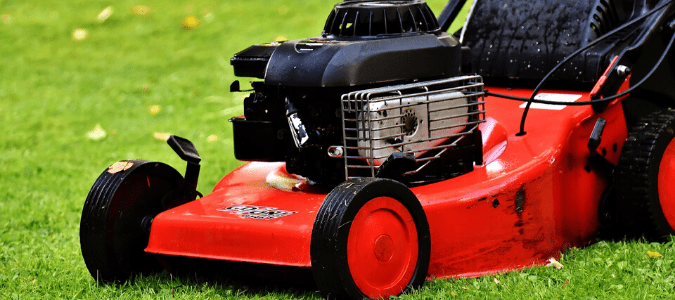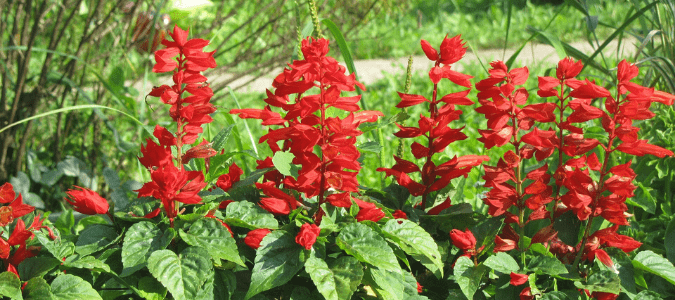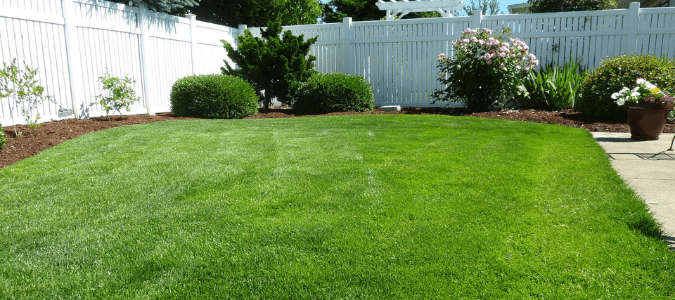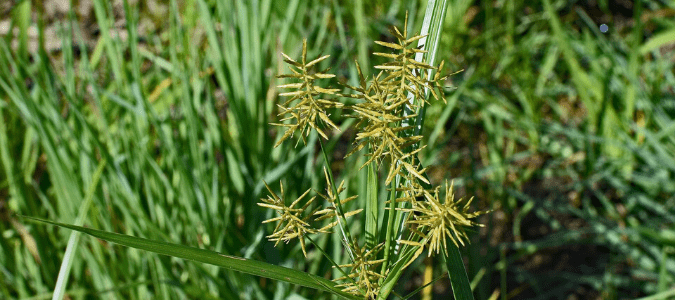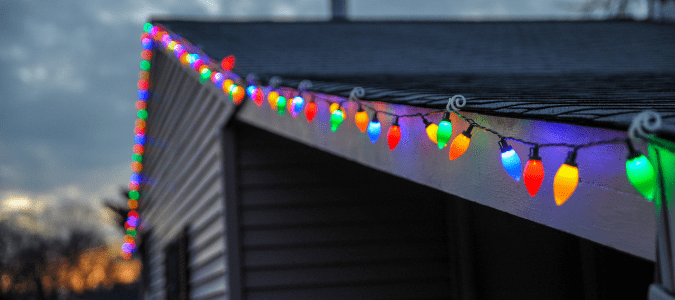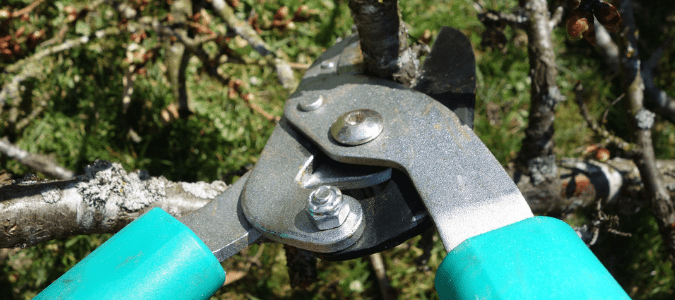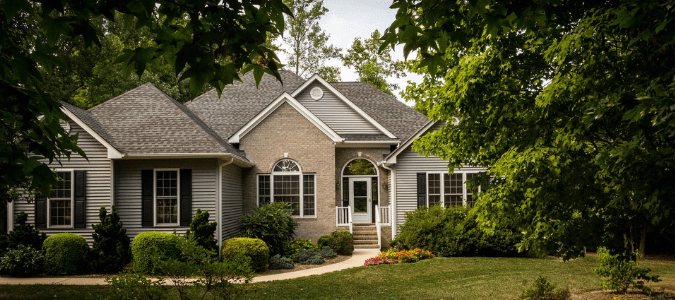How to Trim Large Trees and When To Hire a Pro
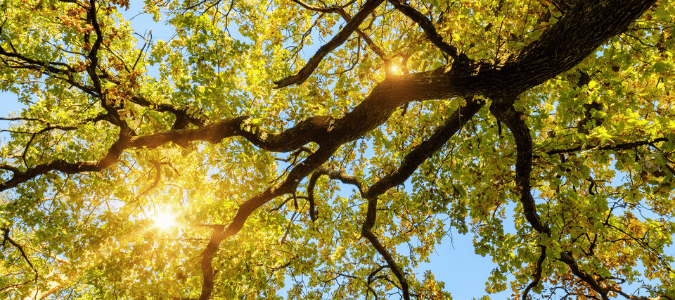
Trees can add great beauty, curb appeal and value to a home, but when their branches grow so long that they begin to scrape against the house or become a falling hazard during a storm, many homeowners want to know how to trim their large trees. There are many benefits of pruning a mature tree, including removing dead or diseased branches, increasing light and airflow to the tree’s inner canopy and reducing the risk of a branch falling and potentially causing harm. Trimming large trees involves working with specialized tools and demanding physical labor, which is why many homeowners have their trees professionally trimmed regularly. If you want to know the steps involved or think you might be up for the job, you’ll want to do your homework.
Here are the basics of how to trim large trees:
- Once you’ve identified a limb that needs to be cut, you would need to … Read Full Post »

